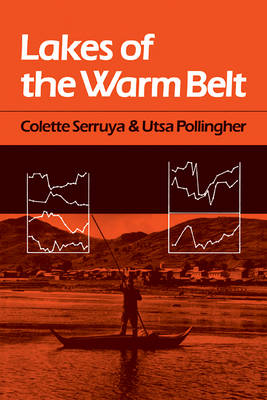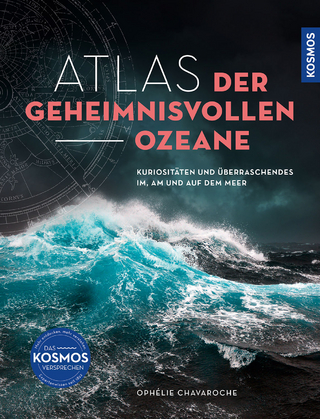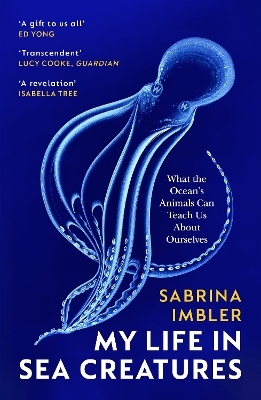
Lakes of the Warm Belt
Seiten
2009
Cambridge University Press (Verlag)
978-0-521-10584-2 (ISBN)
Cambridge University Press (Verlag)
978-0-521-10584-2 (ISBN)
This book was the first to give a detailed description of the lakes of the Warm Belt of the earth. This volume will be invaluable to students of ecology, liminology and hydrobiology, particularly those doing post-graduate and research work.
This book was the first to give a detailed description of the lakes of the Warm Belt of the earth. The book is composed of three parts. The first part gives the general geological, meteorological and hydrological features of the tropical and subtropical areas and permits the location of the warm lakes in the world hydrology. The second part presents the main lakes and rivers of South America, Central America, Africa, the Middle East, South-East Asia and Australia with an up-to-date description of their history, hydrology, hydrodynamics, chemistry and biology. The third part is an attempt to analyse the mechanisms of water circulation in warm lakes and to determine the dominant and common features which explain the chemistry of warm lakes and the composition of their biota, such as phytoplankton, bacteria, zooplankton and fish. The last chapter of the book synthesises all these elements by presenting the typical food webs of tropical lakes. This volume will be invaluable to students of ecology, liminology and hydrobiology, particularly those doing post-graduate and research work.
This book was the first to give a detailed description of the lakes of the Warm Belt of the earth. The book is composed of three parts. The first part gives the general geological, meteorological and hydrological features of the tropical and subtropical areas and permits the location of the warm lakes in the world hydrology. The second part presents the main lakes and rivers of South America, Central America, Africa, the Middle East, South-East Asia and Australia with an up-to-date description of their history, hydrology, hydrodynamics, chemistry and biology. The third part is an attempt to analyse the mechanisms of water circulation in warm lakes and to determine the dominant and common features which explain the chemistry of warm lakes and the composition of their biota, such as phytoplankton, bacteria, zooplankton and fish. The last chapter of the book synthesises all these elements by presenting the typical food webs of tropical lakes. This volume will be invaluable to students of ecology, liminology and hydrobiology, particularly those doing post-graduate and research work.
Preface; Introduction; Part I. The General Features of the Warm Belt: 1. Geodynamic history of the Warm Belt; 2. Climatological features of the Warm Belt; 3. Hydrology; Part II. The Aquatic Ecosystem of the Warm Belt: 4. South America; 5. Central America; 6. Africa; 7. Middle East; 8. South-East Asia; 9. Australia; Part III. The Dynamic Processes in Lakes of the Warm Belt: 10. Mechanisms and patterns of circulation; 11. Water chemistry; 12. Biological diversity; 13. Food webs: case studies; Appendix; Bibliography; Index.
| Erscheint lt. Verlag | 11.6.2009 |
|---|---|
| Zusatzinfo | Worked examples or Exercises |
| Verlagsort | Cambridge |
| Sprache | englisch |
| Maße | 152 x 229 mm |
| Gewicht | 850 g |
| Themenwelt | Naturwissenschaften ► Geowissenschaften ► Hydrologie / Ozeanografie |
| ISBN-10 | 0-521-10584-6 / 0521105846 |
| ISBN-13 | 978-0-521-10584-2 / 9780521105842 |
| Zustand | Neuware |
| Haben Sie eine Frage zum Produkt? |
Mehr entdecken
aus dem Bereich
aus dem Bereich
die große Bild-Enzyklopädie mit mehr als 2000 Fotografien und …
Buch | Hardcover (2023)
Dorling Kindersley (Verlag)
59,95 €
Kuriositäten und Überraschendes im, am und auf dem Meer
Buch | Hardcover (2023)
Kosmos (Verlag)
38,00 €
what the ocean's animals can teach us about ourselfs
Buch | Softcover (2024)
Vintage (Verlag)
13,70 €


